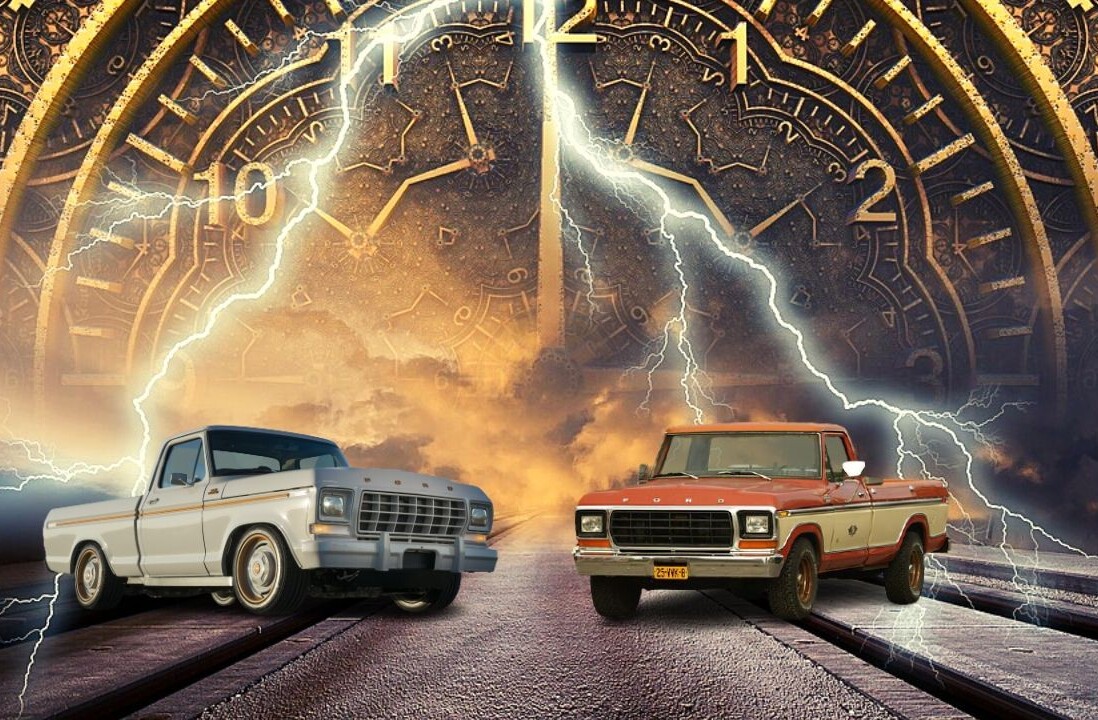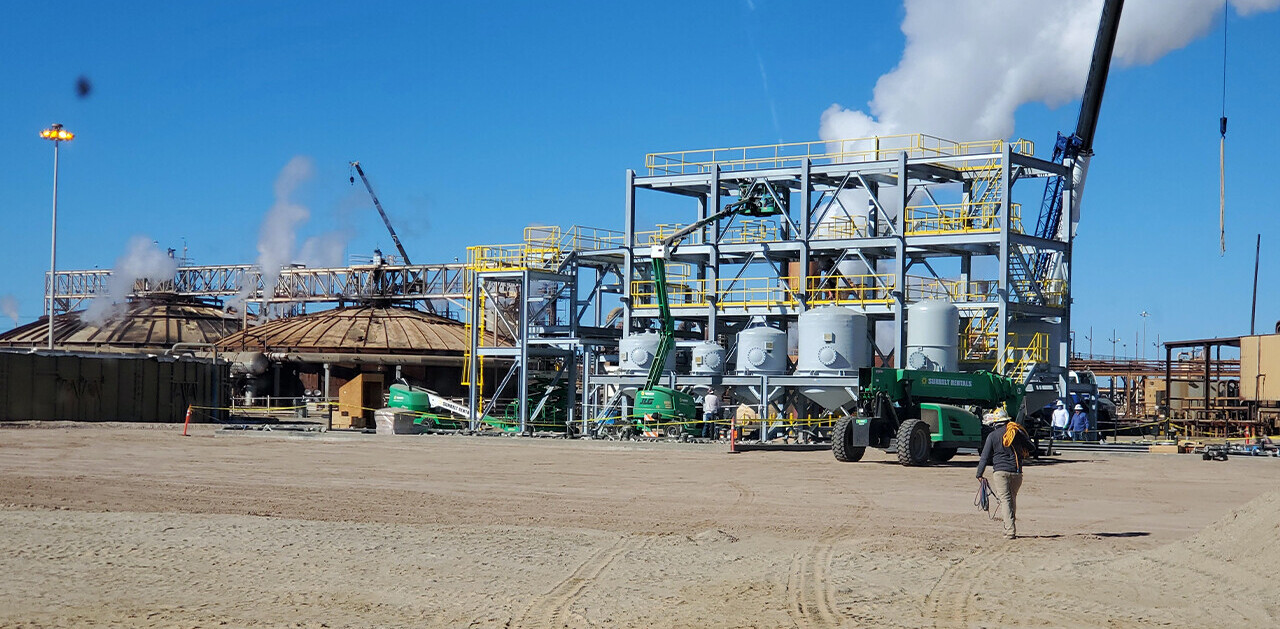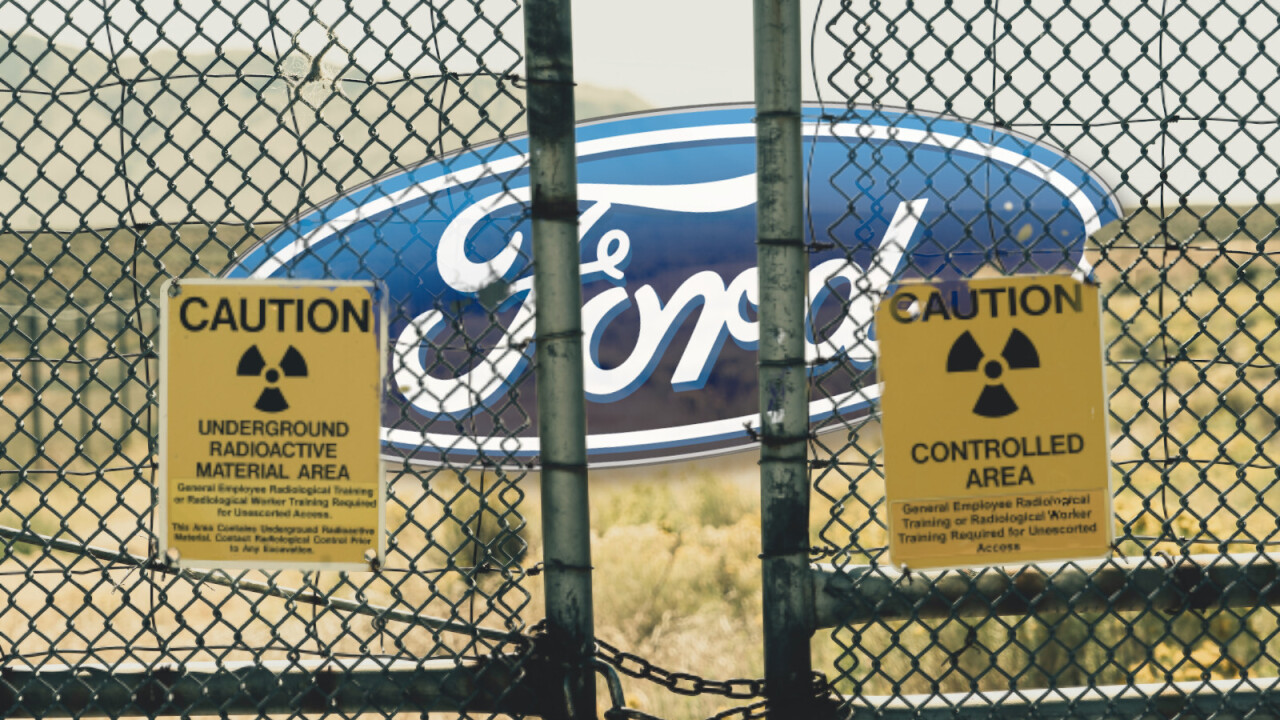
Concept cars communicate in physical form, the potential, the beliefs, and the dreams that car companies have about the future of not just their own vehicles, but the whole automotive industry in general.
Sometimes concept cars are created to demonstrate upcoming production models, in other cases they serve as pure abstract imaginations of the future. Take Ford’s 1958 nuclear-powered concept, the Nucleon, for example.
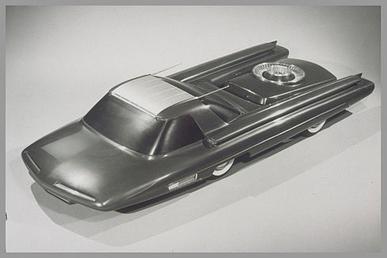
Nearly 30 years before the Chernobyl nuclear disaster, engineers at Ford designed and made a 3/8 scale model of a car, which it said would be powered by a nuclear reactor in the trunk (or boot if you’re British). Yeah, let that sink in for a moment.
[Read: Study: No, electric car motors don’t adversely interfere with pacemakers]
At the time, it probably didn’t sound as insane an idea as it does now, though.
According to a Ford article, now only accessible on an internet archive, its concept cars of this era reflected the optimism of the 1950s and 1960s. Back then, there was huge hype around nuclear energy. Many believed it would be the panacea to the oil crisis and deliver clean power for the masses.
Had Ford gone ahead and made an actual working version of the Nucleon, the company says drivers would have fueled it with Uranium pellets. Ford never actually made a working version, though — probably for the best.

On paper, the Nucleon sounded revolutionary, and highlighted the ambitious post-war American narrative of nuclear power being the future. A future which would provide clean energy for all.
In principle, Ford’s nuclear-powered car was a pretty simple concept and would use an atomic reactor in the same way as a nuclear submarine. The nuclear reactor would fission Uranium pellets, heat up water and produce steam. This high pressure steam would then turn turbines to provide electrical power through generators or direct mechanical power.
Ford says the nuclear capsule would be easily interchangeable based on the driver’s performance needs and the distance to be traveled. Designers also allegedly believed that gas stations would be replaced by Uranium stations, where drivers could get their radioactive cores changed.
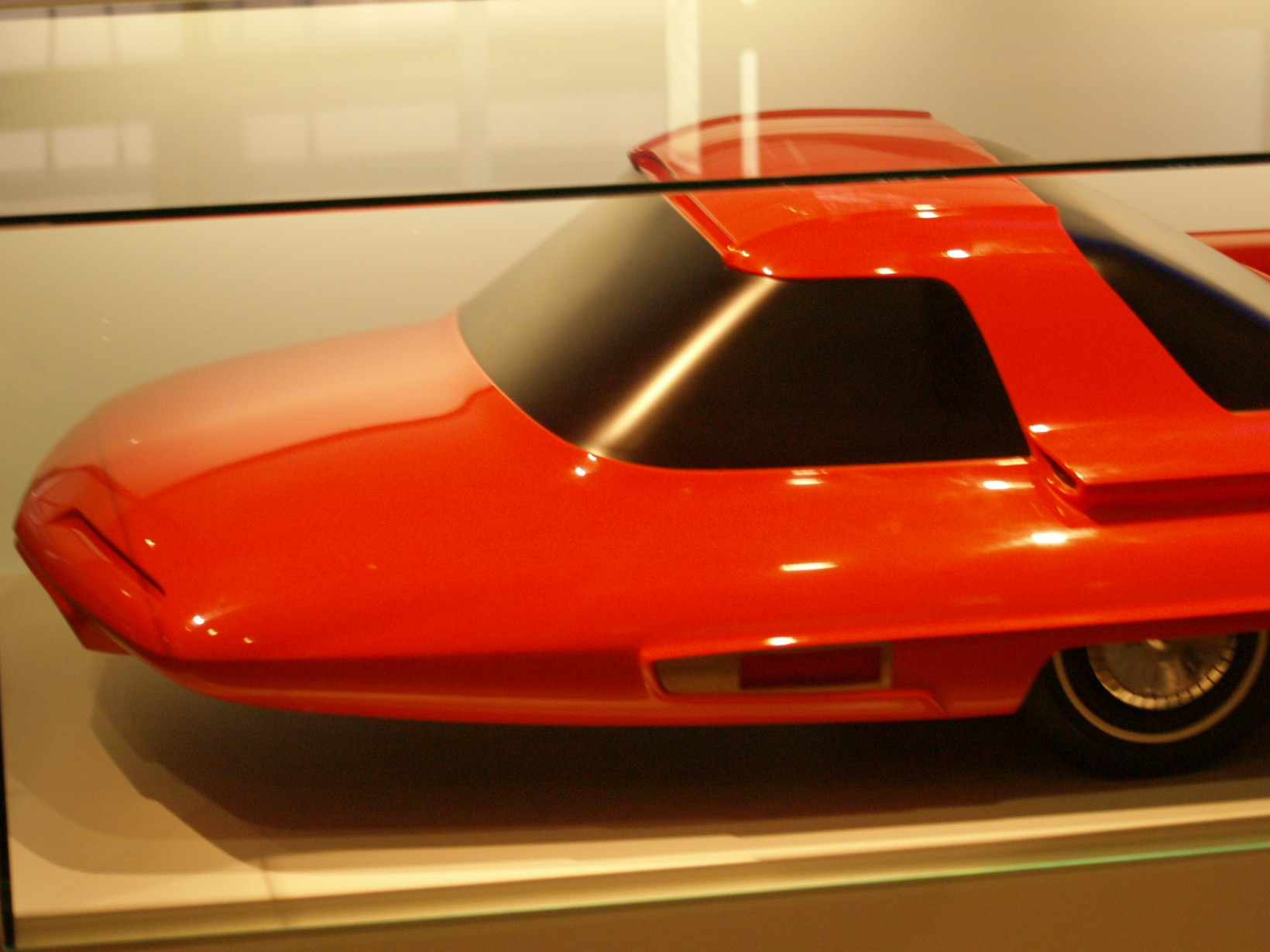
The real secret sauce though, is the energy density of Uranium. Small amounts of Uranium has the potential to provide huge amounts of energy when compared to coal, gas, or batteries.
Boffins at Ford said this would give the Nucleon a range of some 5,000 miles (8,000 km) between fill-ups. By fill-up, I presume they mean, replacing the Uranium. I’m not exactly sure how that could be done en masse for the public, but stick that in your pipe and smoke it, range anxiety.
The best bit of all though, is that there would be no emissions from the vehicle. Sure, there would be some highly radioactive waste to remove from the reactor every so often, but y’know, nothing’s perfect.
If you think Ford’s idea is just a one-off from a bunch of crazy futurists, you’d be wrong. Around the same time period there was a whole host of atomic-powered concept cars.
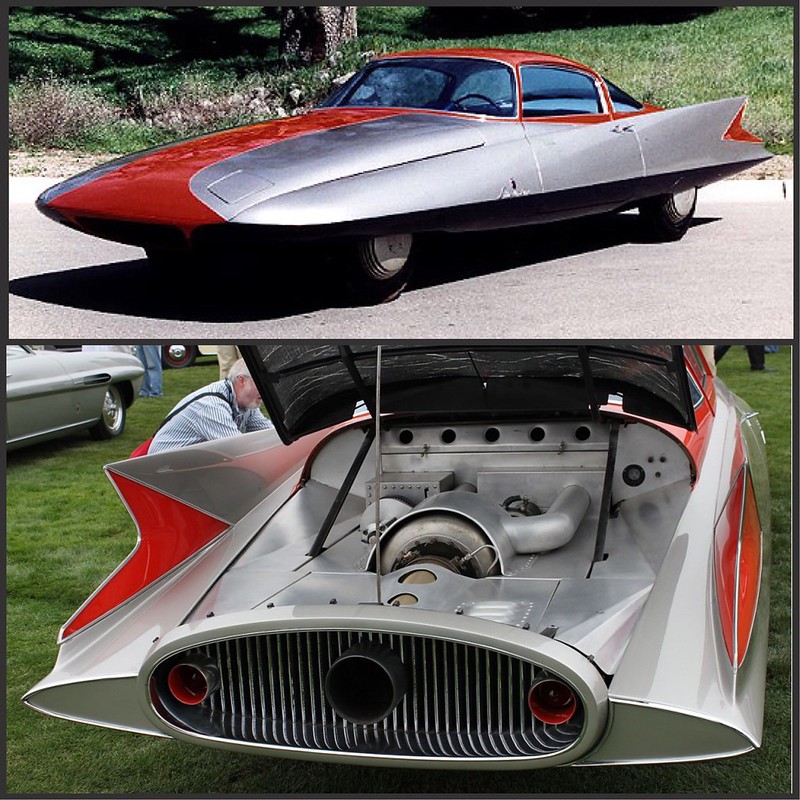
Clearly, Ford’s vision never came to fruition.
According to a 2006 article on Damn Interesting, the Nucleon project was scrapped as suitable small-scale nuclear reactors and lightweight shielding materials couldn’t be developed. What’s more, as the public wised up to the dangers of nuclear power and waste, people soon lost interest. It’s probably a good thing that we don’t have motorways and roads filled with 100+ mph nuclear bombs.
Remembering concepts like the Nucleon makes me come over all melancholic, though. The Nucleon doesn’t just represent an unattainable idea, it represents an unbridled dream for a better future.
As Ford says, the car demonstrates the designers’ fearlessness in believing something that has never been done, could be done — if only we dared put it into production.
Sources: Ford Motor Company, Hot Cars, Damn Interesting, Autoblog, The Henry Ford Innovation Museum
Get the TNW newsletter
Get the most important tech news in your inbox each week.



